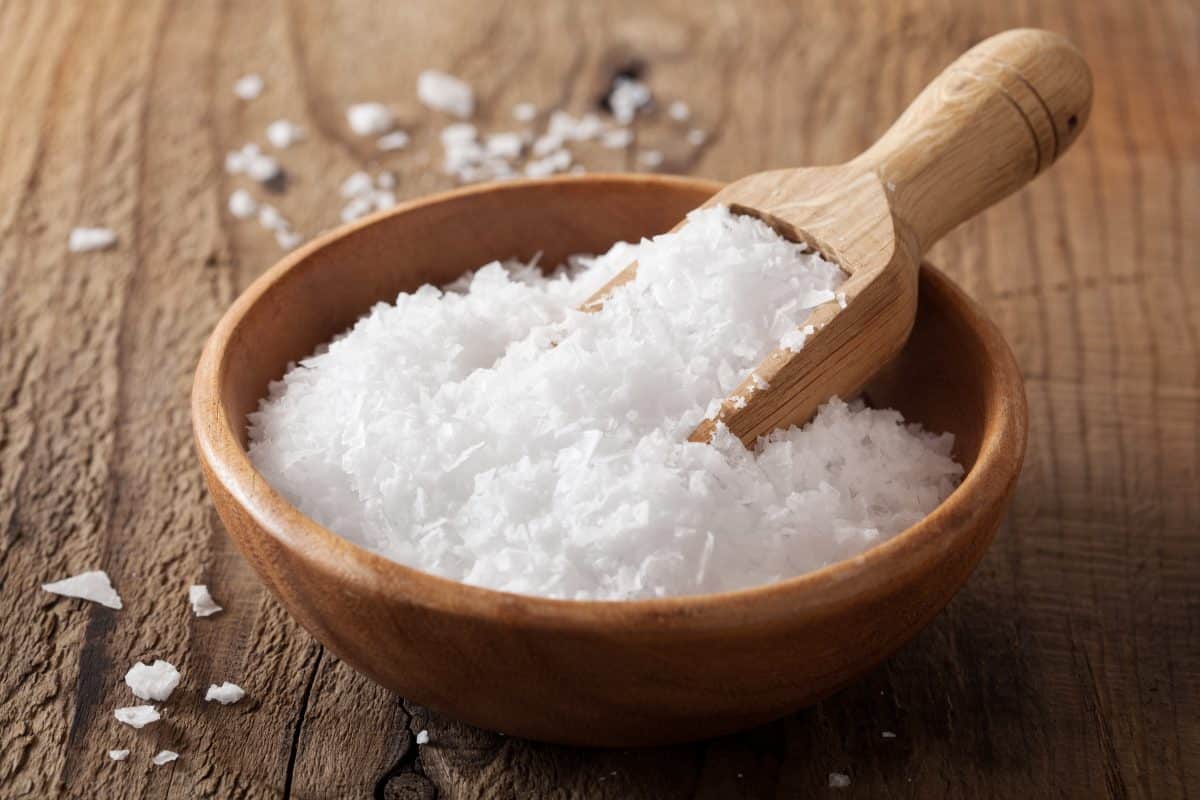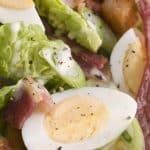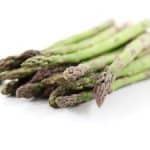
The Surprisingly High Salt Foods and Why You Should Limit Your Intake
Why is too much salt bad for you?
The sodium content within salt has been linked to high blood pressure, which is a contributing risk factor of heart disease.
The recommended daily allowance for salt is 6g (approximately 1 level teaspoon), with the average person consuming 8.6g. Studies suggest that a 1.5g reduction in average daily salt intake could help prevent approximately 20,000 strokes, heart attacks and heart failures in the UK every year.
Salt content is often forgotten about when it’s hidden in foods, and is commonly only considered when added to food separately – approximately 75% of our salt intake has already been added to ready-made convenience foods. The salt intake with some foods can often go unnoticed, as a salty flavour isn’t prevalent.
The following foods contain a large percentage of salt and should be eaten in small quantities:
1. Cheese and butter

Both cheese and butter can be deceptively high in salt and are often added in high quantities to meals, such as cooking in butter of topping a meal with grated cheese. Cook food in a small quantity of olive oil instead and be sparing with cheese toppings.
2. Sauces

Condiments can be extremely high in salt. Examples include tomato ketchup, fish sauce and soy sauce. We often see these sauces and added flavours, rather than an added dose of salt. With that in mind, it is best to keep these to a minimum and use only occasionally and instead use fresh herbs and spices to flavour your meals.
3. Bread

Bread can frequently be high in sugar, so it is worth reading the nutrition information on the packaging before buying. Beware that fresh bread is often as much of a culprit, and can also have salt laden ingredients on top of the usual bread ingredients, such as olives and capers.
4. Potatoes

Pre-prepared potatoes are often doused in salt. Examples include pre-salted chips, salt rubbed pre-baked jacket potatoes and crisps. Your best option is to simply buy potatoes in their raw form and cook them from scratch. Jacket potatoes take just minutes in the microwave or simply pop some new potatoes into a ban and boil for 10 minutes.
5. Biscuits and Cakes

Aside from their salt content, foods such as biscuits and cakes should be eaten sparingly anyway. However, salt is probably rarely thought of when having a sweet treat. With this is mind on these occasions; it is worth reading the nutrition label to ensure you do not exceed the daily recommendations.
6. Spreads

This includes foods such as cream cheese and peanut butter. Due to their readymade convenience, it is likely that they will have added salt – this can be avoided by having them in small quantities and avoiding the convenience versions where possible. For example, you can make your own peanut butter at home by roasting plain peanuts for 10 minutes and then adding to a blender until they turn into a nut butter, this means you know exactly what is in it – 100% peanuts!
7. Cereals

Cereals are often high in salt, although we are not likely to suspect it. An alternative to salt-laden cereal is porridge. You can add your own flavours and you know there isn’t excess salt lurking.
Salt directly influences blood pressure, the more you have in the diet, the risk of high blood pressure (hypertension) increases. It is important to eat less salt and we can get all the salt our bodies need from natural sources. Hidden salt accounts for approximately 75% of our intake, found particularly in highly processed foods and takeaways, whilst about 25% is added in cooking or at the table. It does not take long for our taste buds to get used to less salt and we can begin to appreciate other flavours.
To discuss our Employee Nutrition Services, call 07810 716758 or email Anna.


